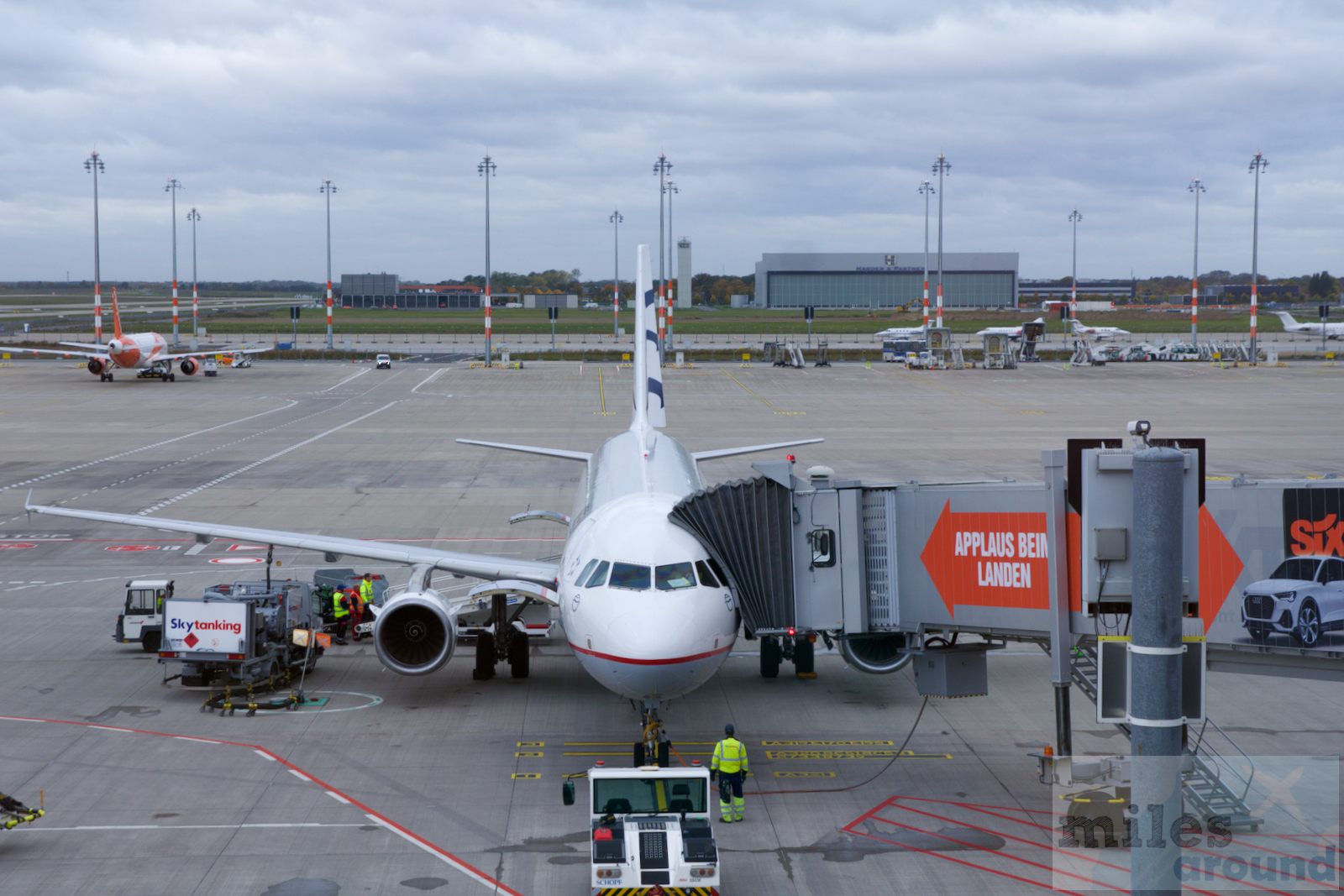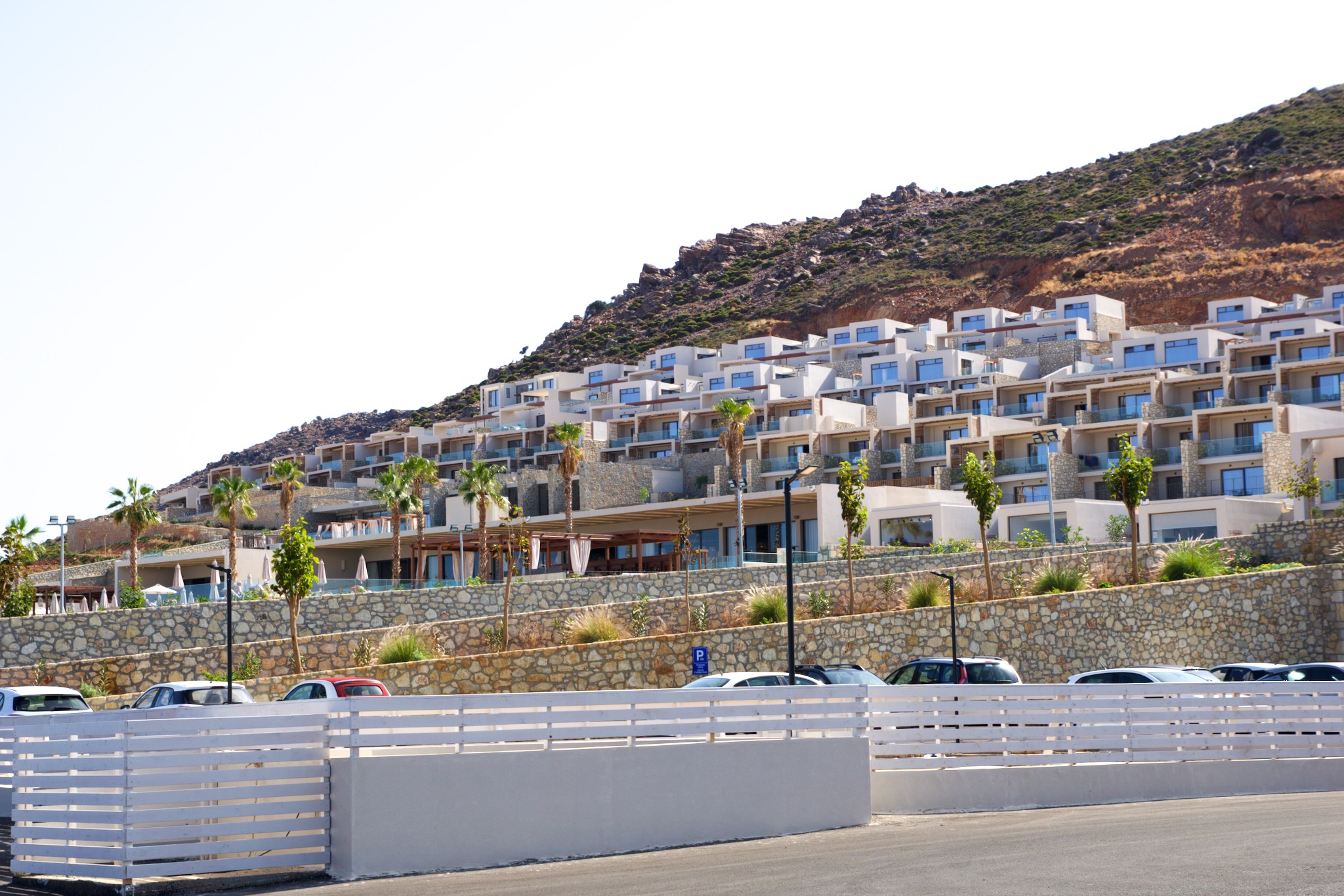At the end of October we were drawn out into the world again. Our first flight since the beginning of the Corona pandemic was via Athens to Crete. The largest Greek island convinced us during the holiday preparation with valuable history, lots of culture and beautiful nature. The weather is characterized by the Mediterranean climate, so the summers are hot and dry and the winters are rainy and mild. You can find out what you can experience on the sunniest island in the Mediterranean here in this article.
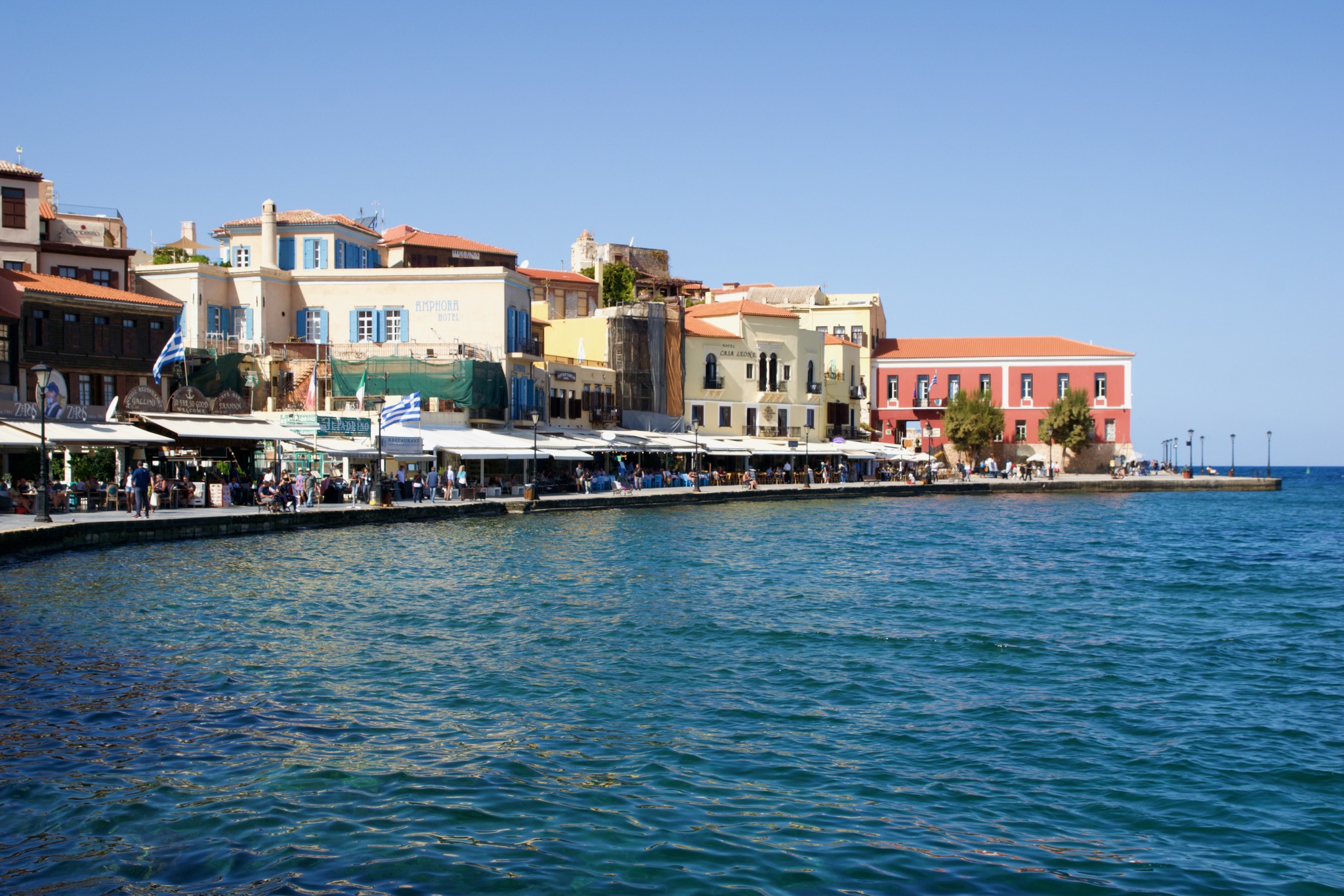
Rethymno
The third largest city on the island and at the same time university city, is located in the north of Crete. With its many shops and restaurants, the port city is a magnet for a wide variety of visitors. The southern part of the city reminded us a bit of the Ballermann on Mallorca. Hotels, bars and clubs are lined up right on the beach promenade like a string of pearls. Further north, on the other hand, is the old town with its small alleys and shops. The harbour invites you to linger and you can enjoy the warm weather in one of the restaurants right by the sea.
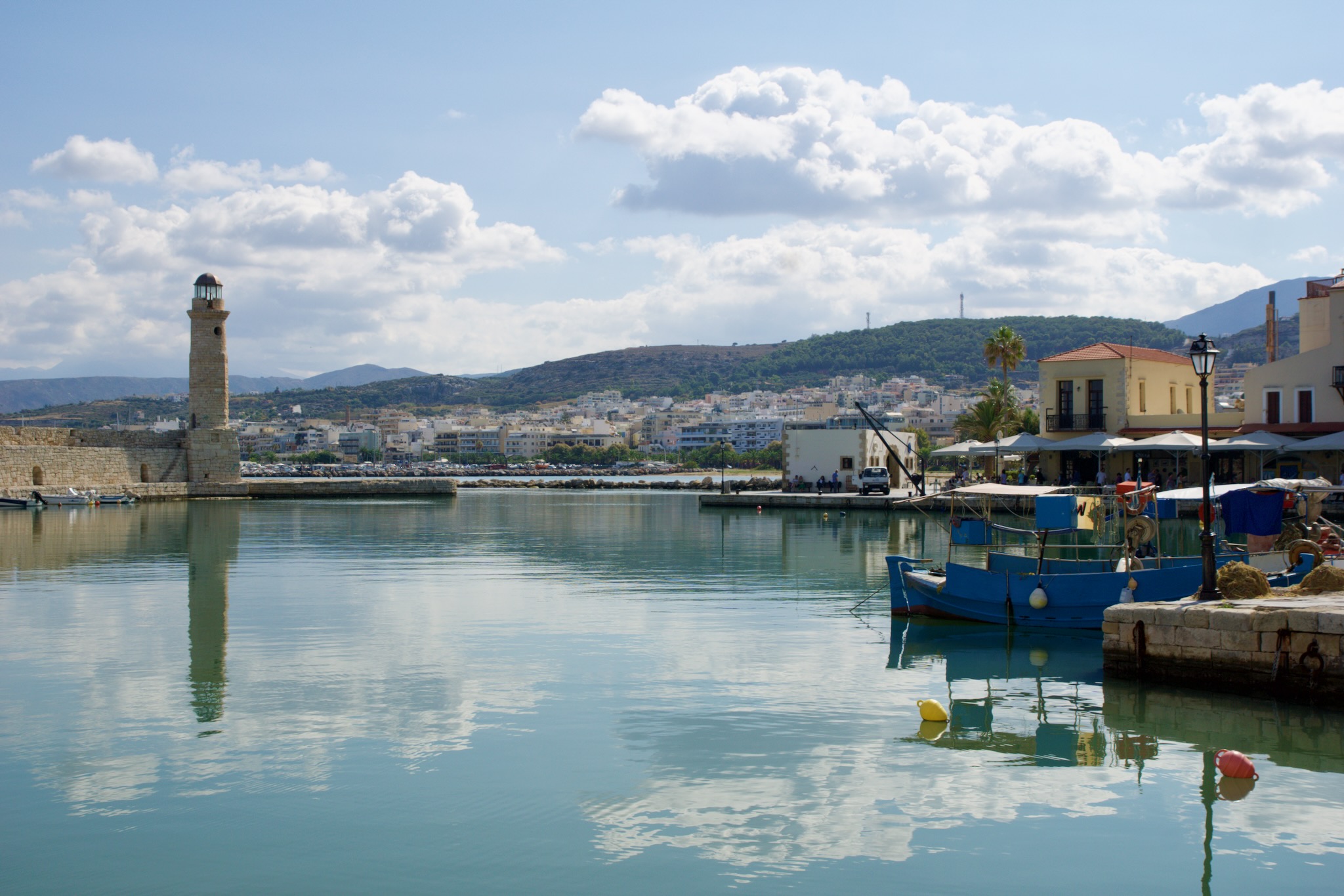
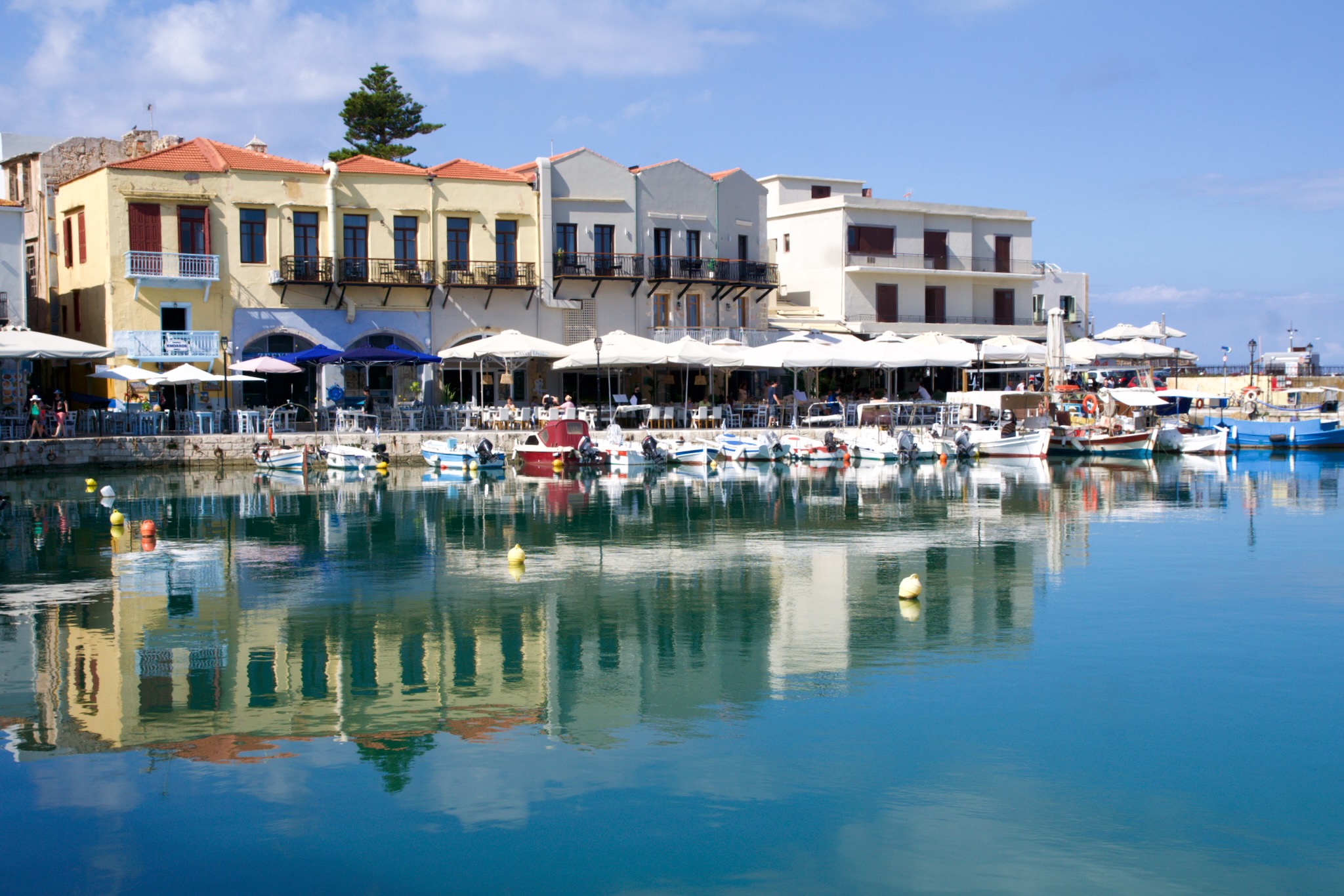
The old town is characterized by the Fortezza Fortezza, which is located on a hill directly by the sea. The Venetian fortification was completed in 1590 and served mainly as the seat of the administration, the military authorities and the Roman bishops.
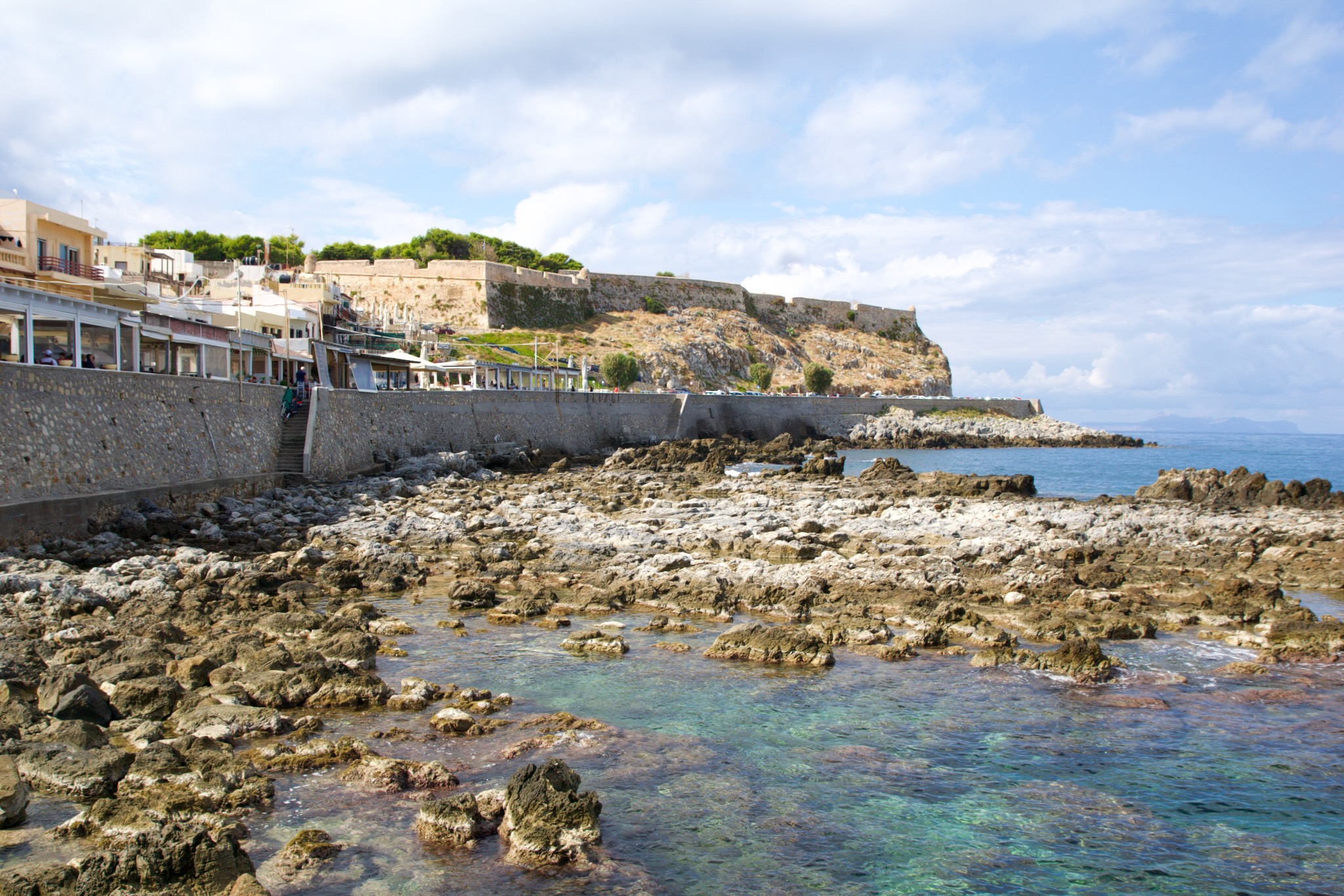
Chania
Our first impression of Chania is a bit chaotic when looking for a parking space. It's noisy, cramped and way too much hustle and bustle. But this impression is deceptive. As in any major city, there are these crowded corners, with the obligatory main shopping street.
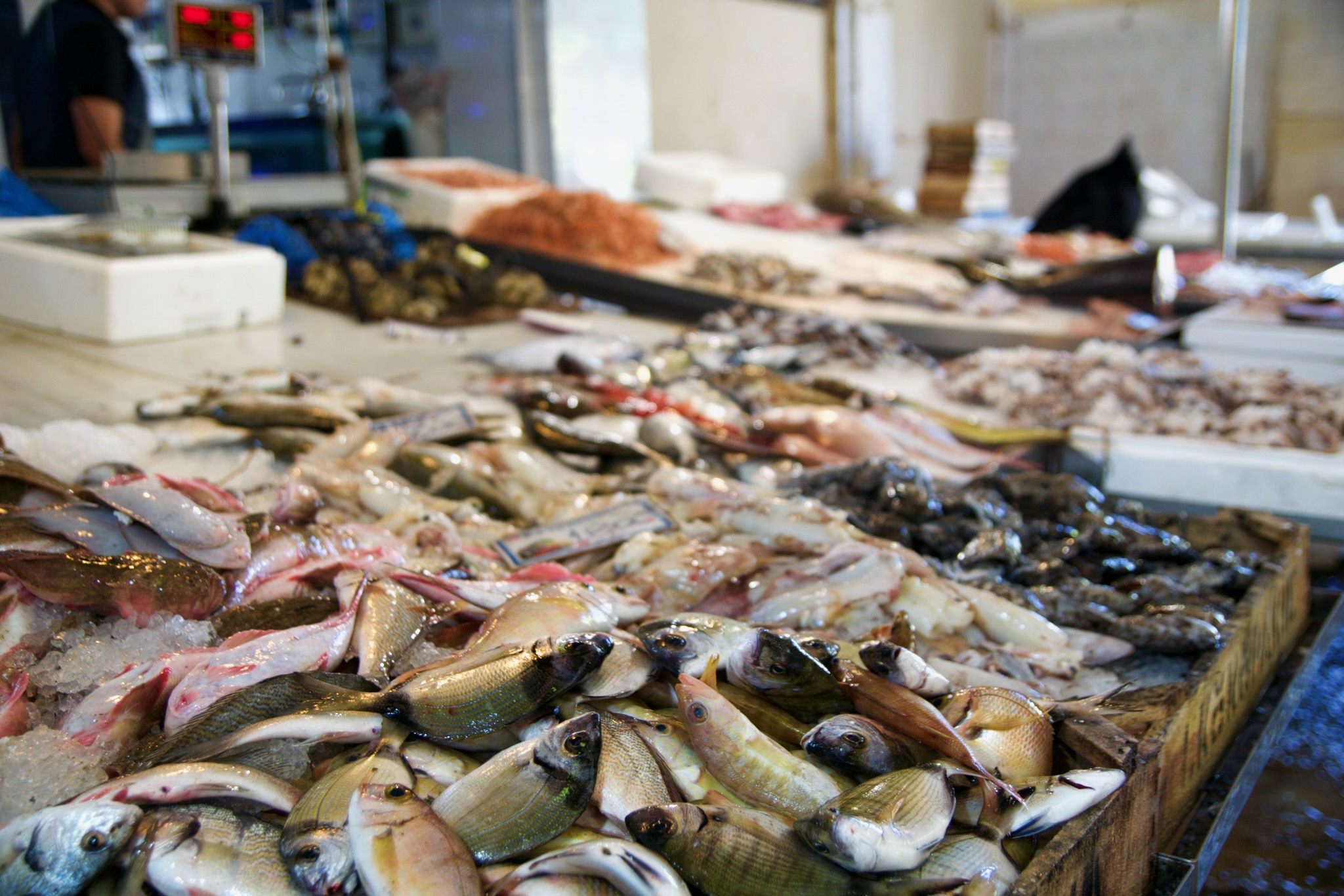
But Chania has much more to offer. The harbour is beautiful with its old, almost dilapidated warehouses. The market hall is not very large, but it is rich in typical local specialties and also in typical tourist shops.
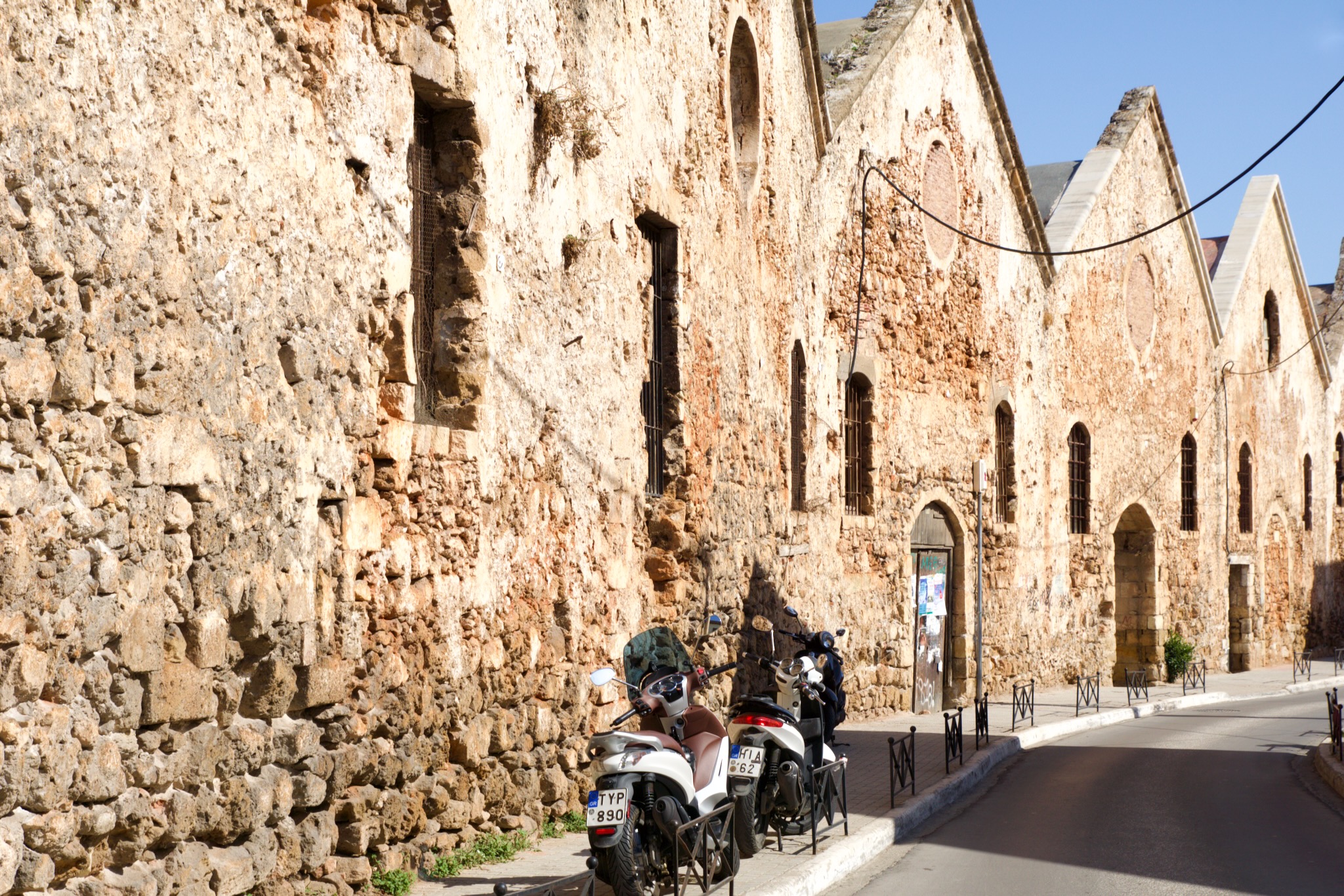
For us, however, the most beautiful is the Venetian port. The small alleys and pubs. The many restaurants directly on the water tempt you with their great offers. Of course, the typical souvenir shops are not to be missed. However, the shops with genuine craftsmanship and local products predominate. In every alley there was something new and exciting to discover. Sometimes it became so narrow that the houses opposite each other almost touched.
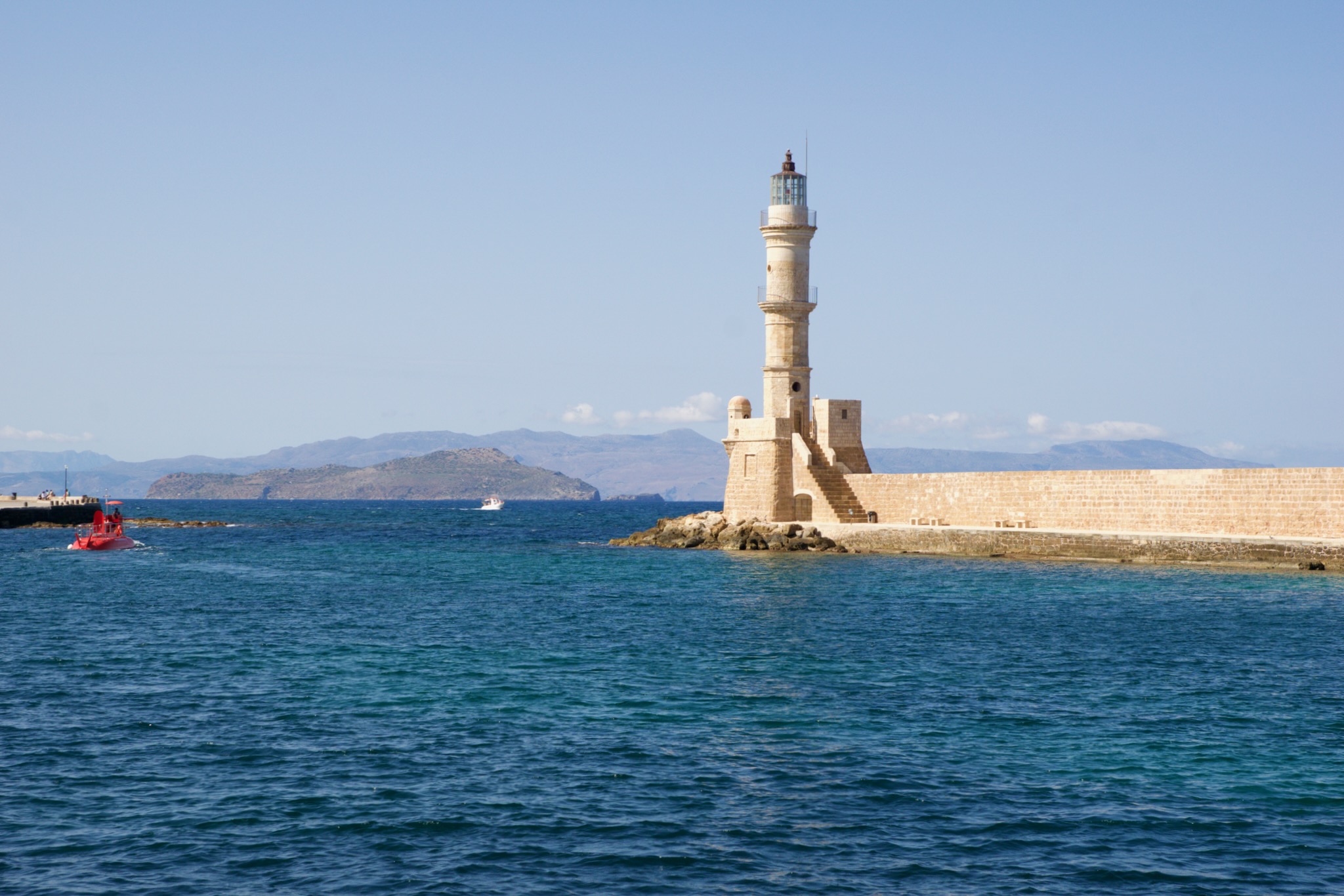
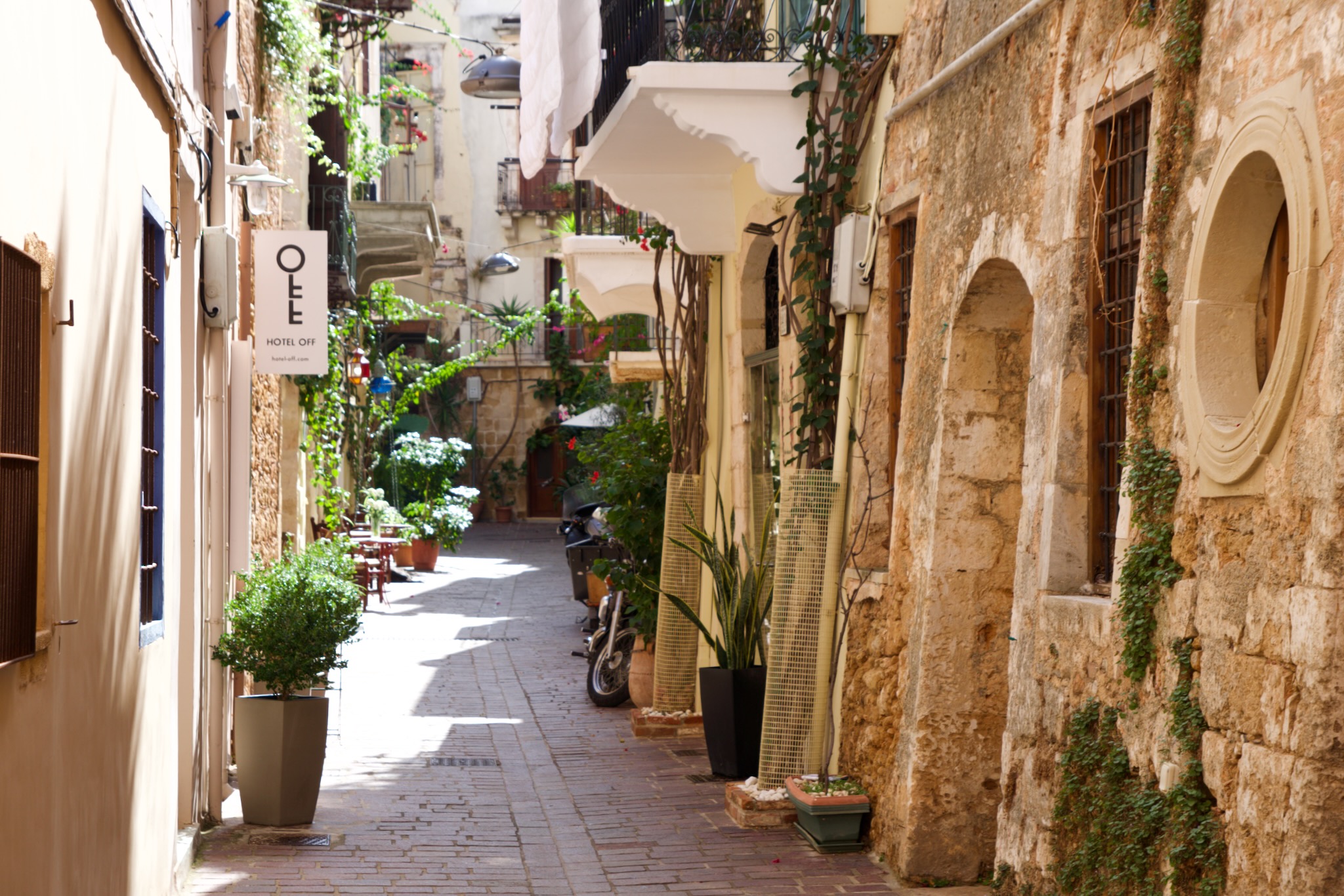
Monastery Arkadi
The monastery of Arkadi is very idyllically located, south of Rethymno, at an altitude of about 500 m above sea level. It was founded in the 13th century by the monk Arcadios and has become known all over the world for its history in the War of Independence in 1866. The Cretan revolt against the Turks was a historical milestone for the monastery that left its mark on Crete and the municipality. The events of that time are still very comprehensible within the old walls.
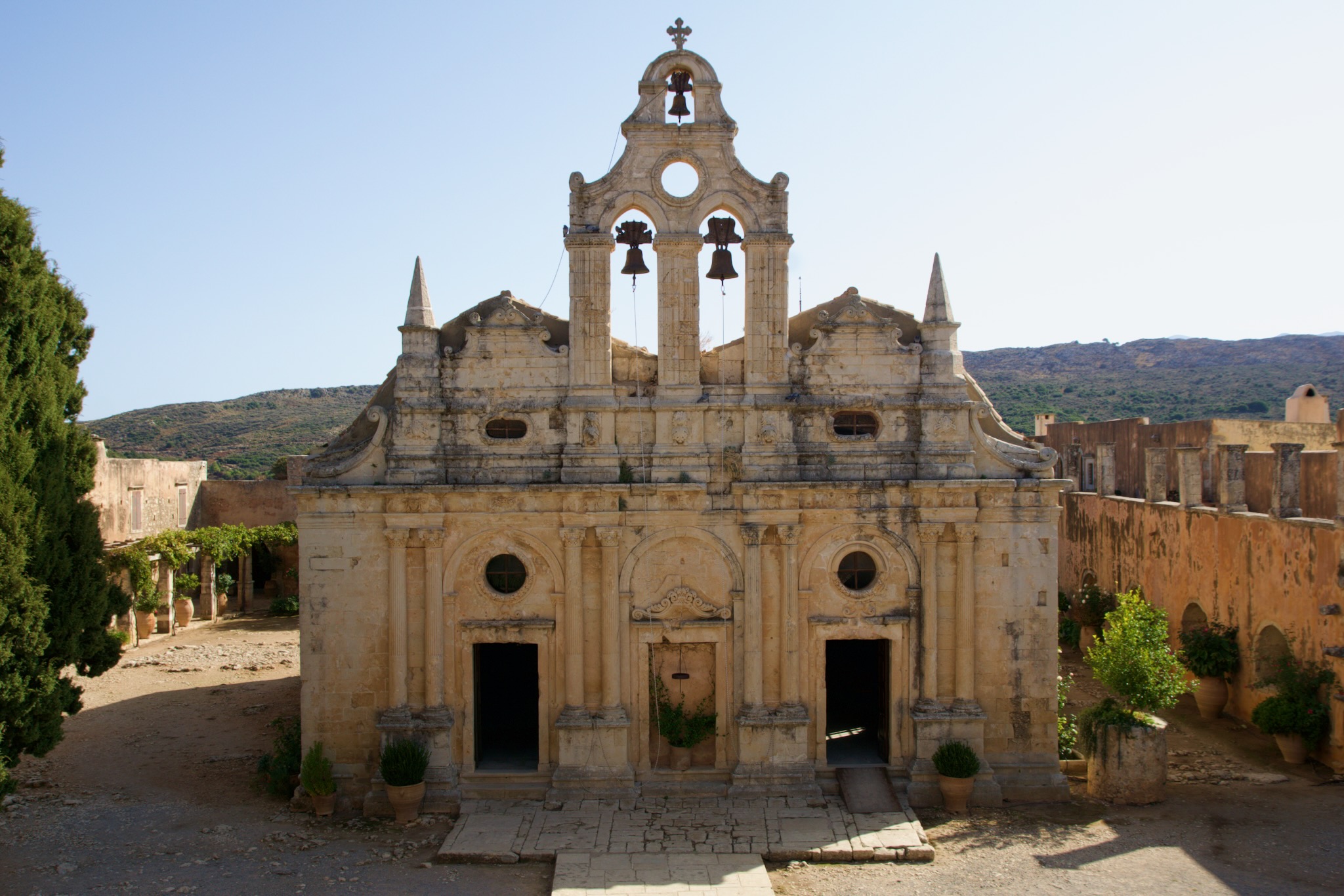
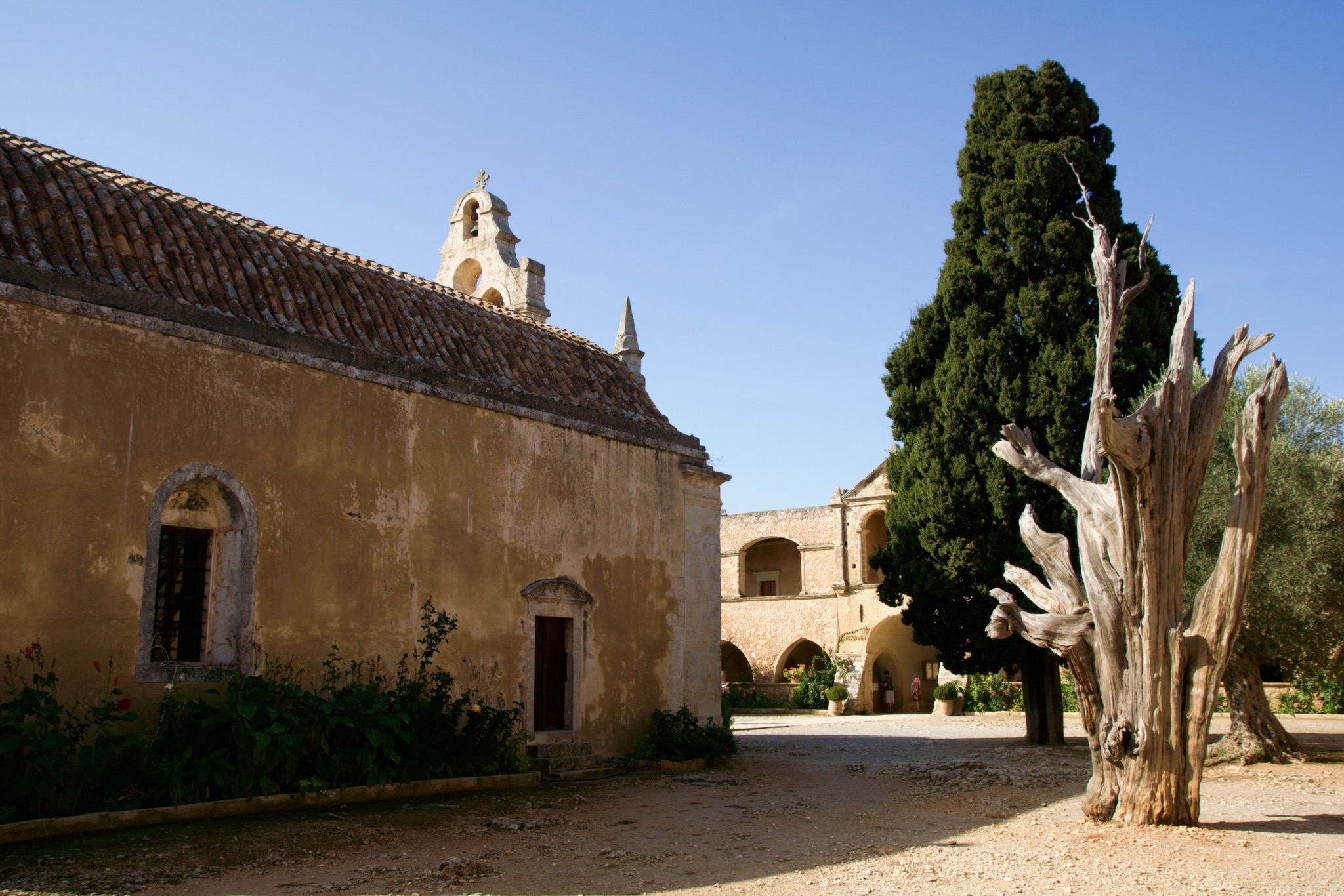
The old monastery church, which stands centrally in the courtyard, is beautiful. Many old rooms and walls can be visited, such as the old dining room, the old provision room and some of the monks' chambers. A small museum with old robes of the priests and pistols from the siege period of the Turks invites you to a better understanding of the history. It is very impressive how the insurgents fared in the monastery at that time. Many dramas took place behind the walls and unfortunately there were also many victims.
The entrance fee is not much and children can enter for free. More information can be found on the official website.
Knossos
Knossos is a must-see for any visitor to Crete. This is where history lessons become reality. The ancient archaeological site is definitely worth a visit, even with smaller children. The terrain is not too large and all paths are well developed.
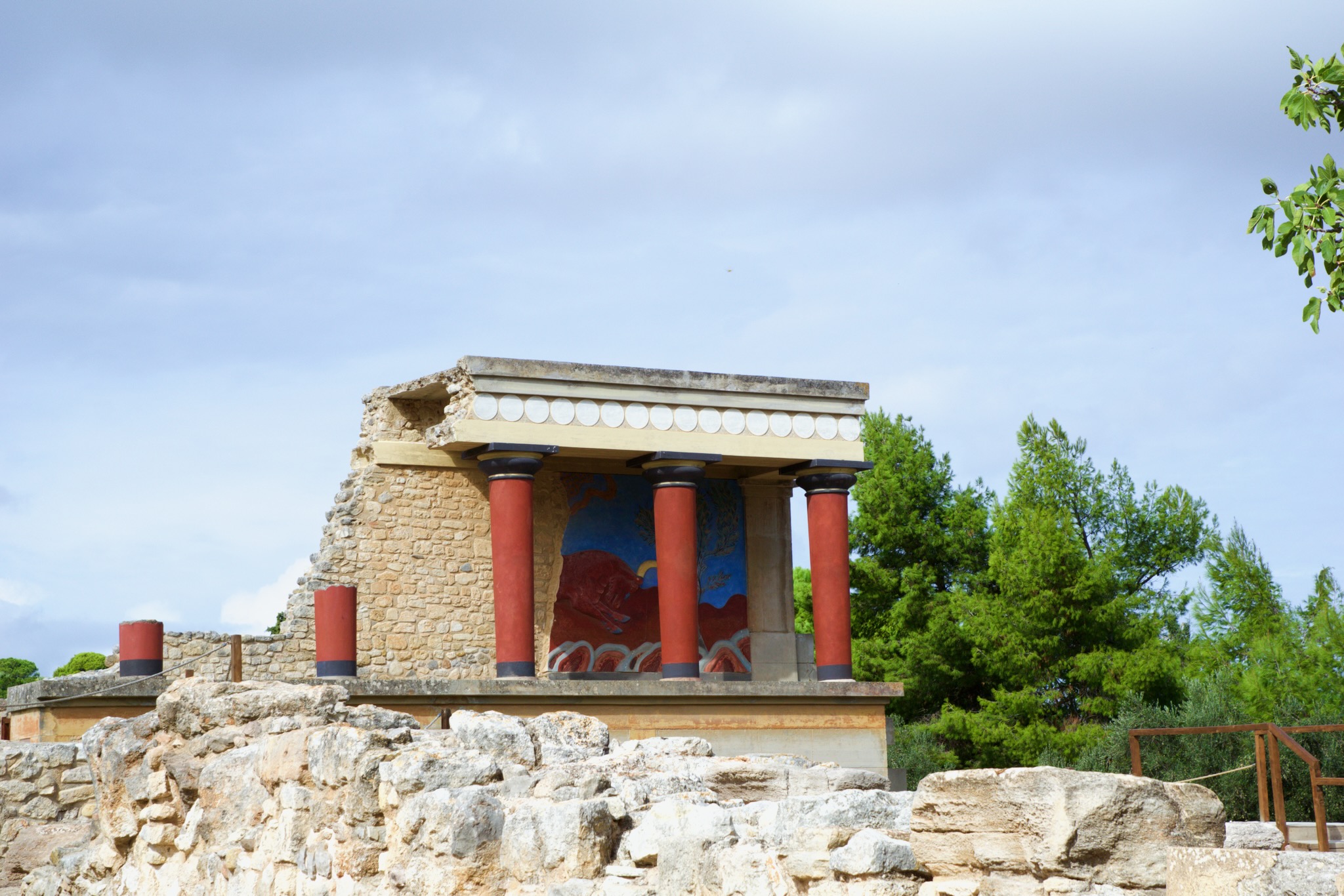
The Palace of Knossos was built between 2100 and 1800 BC. After being destroyed by a severe earthquake between 1750 and 1700 BC, Knossos was rebuilt even more magnificently and sublimely. The size and equipment, pure luxury for the time, is impressive. The palace is said to have had up to 1300 rooms. Everything was arranged around a rectangular central courtyard. Today, only the foundation walls and remains can be seen. There were workshops, magazines, even a throne room and a theatre. The remanufacturing of the destroyed parts is true to detail. All parts of the palace that can be admired today are partly reconstructions according to ancient traditions.
Our son was completely thrilled by the many old stones and walls. He couldn't get enough of it. We, too, were blown away. After all, we had learned so much about Greek antiquity in school, using this example.
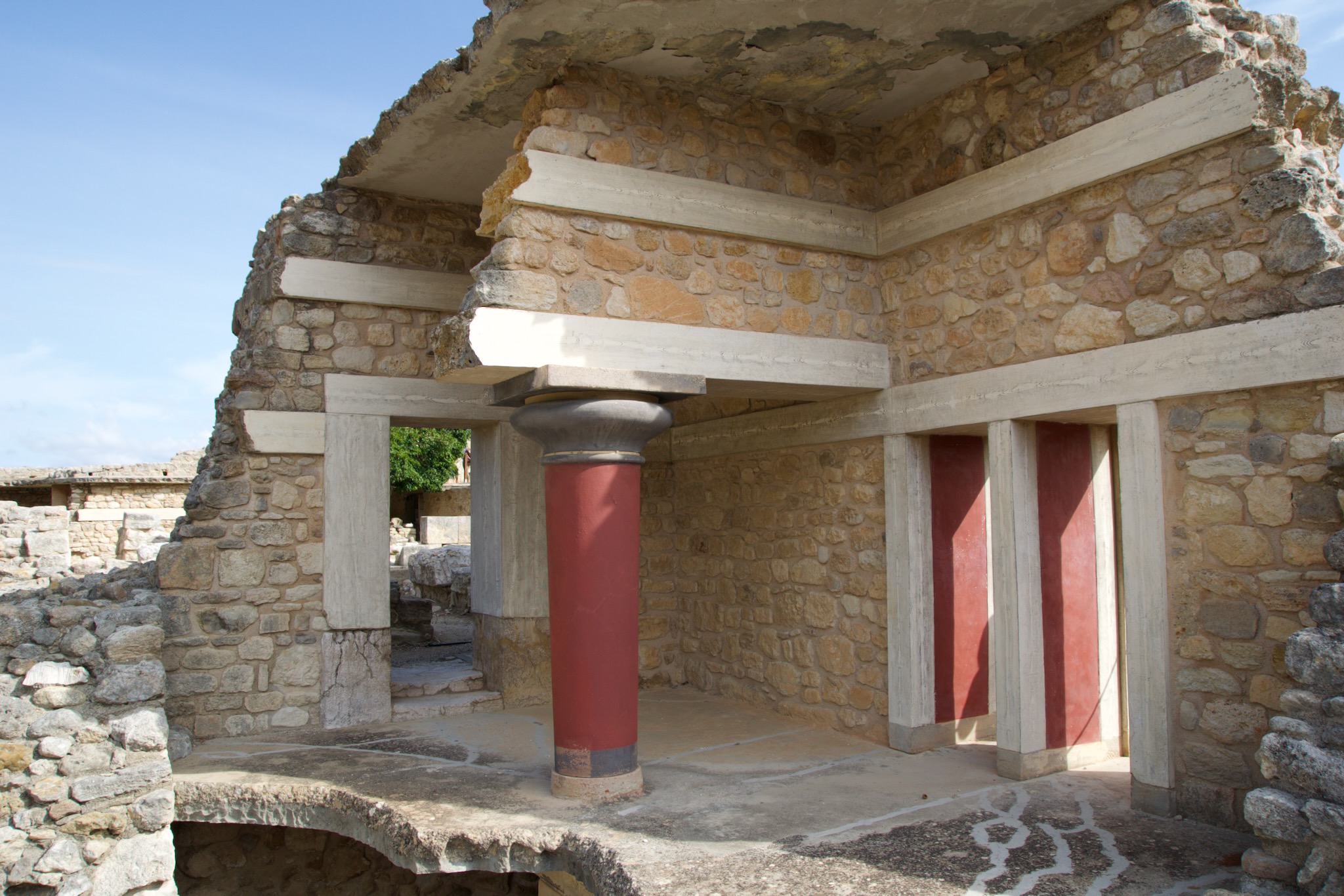
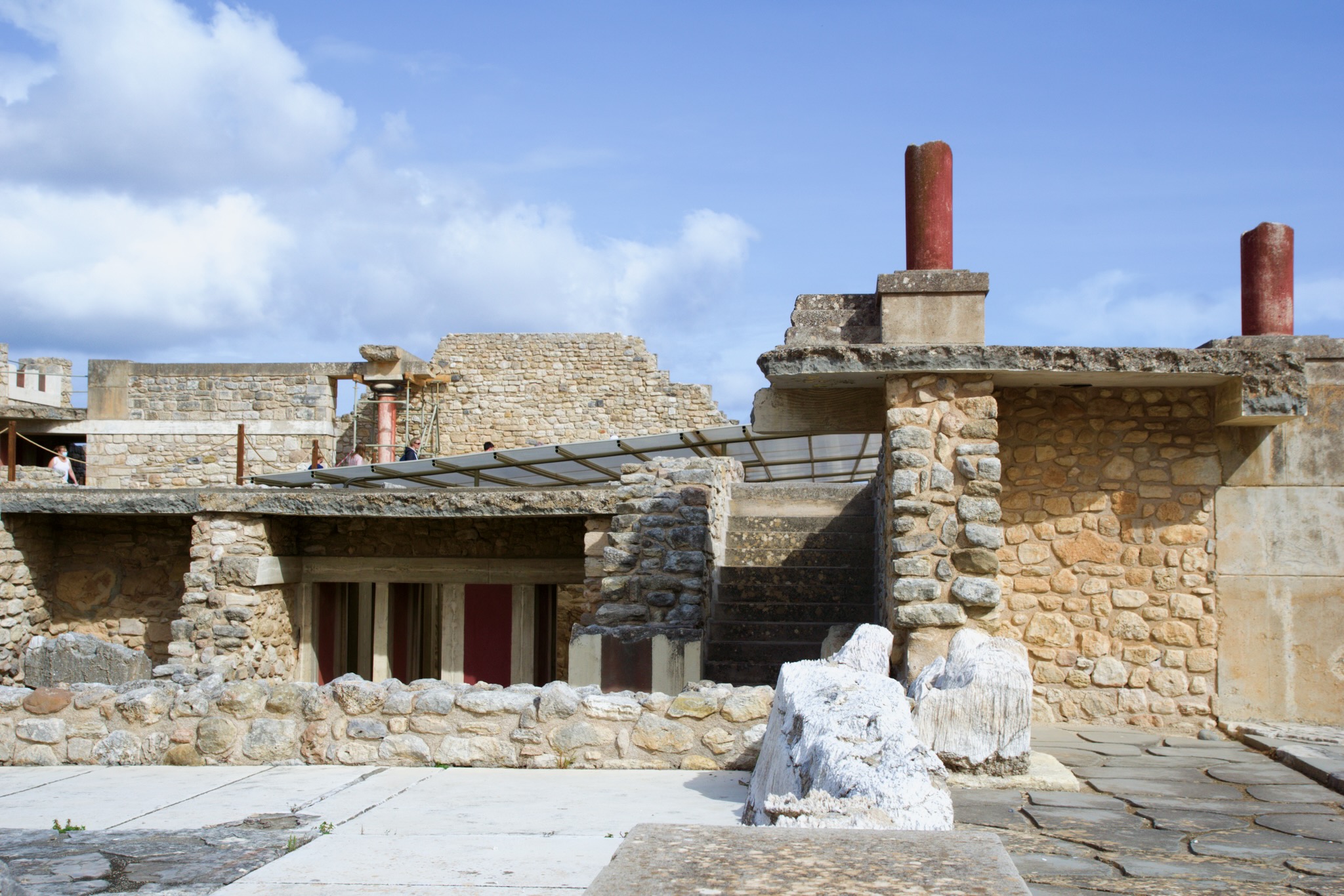
Our tip: Be sure to buy maps on the Internet (official online store) pre-ordered! We were there on a Monday in the off-season and it was already very crowded, with an endlessly long queue at the ticket office! Two cruise ships had just docked in the port of Heraklion. What does that look like in the high season? With a pre-order, you can walk past the queue in a relaxed manner.
Gerontospilios cave
An absolute insider tip, as this cave is very hidden in the mountains of Kouloukona, north of the village of Melidoni. To get to the entrance of the cave, you have to go up a small narrow but not long path. The stairs from the entrance down to the large chamber are relatively steep, but well developed. The impressive stalagmites and stalactites are huge and well lit.
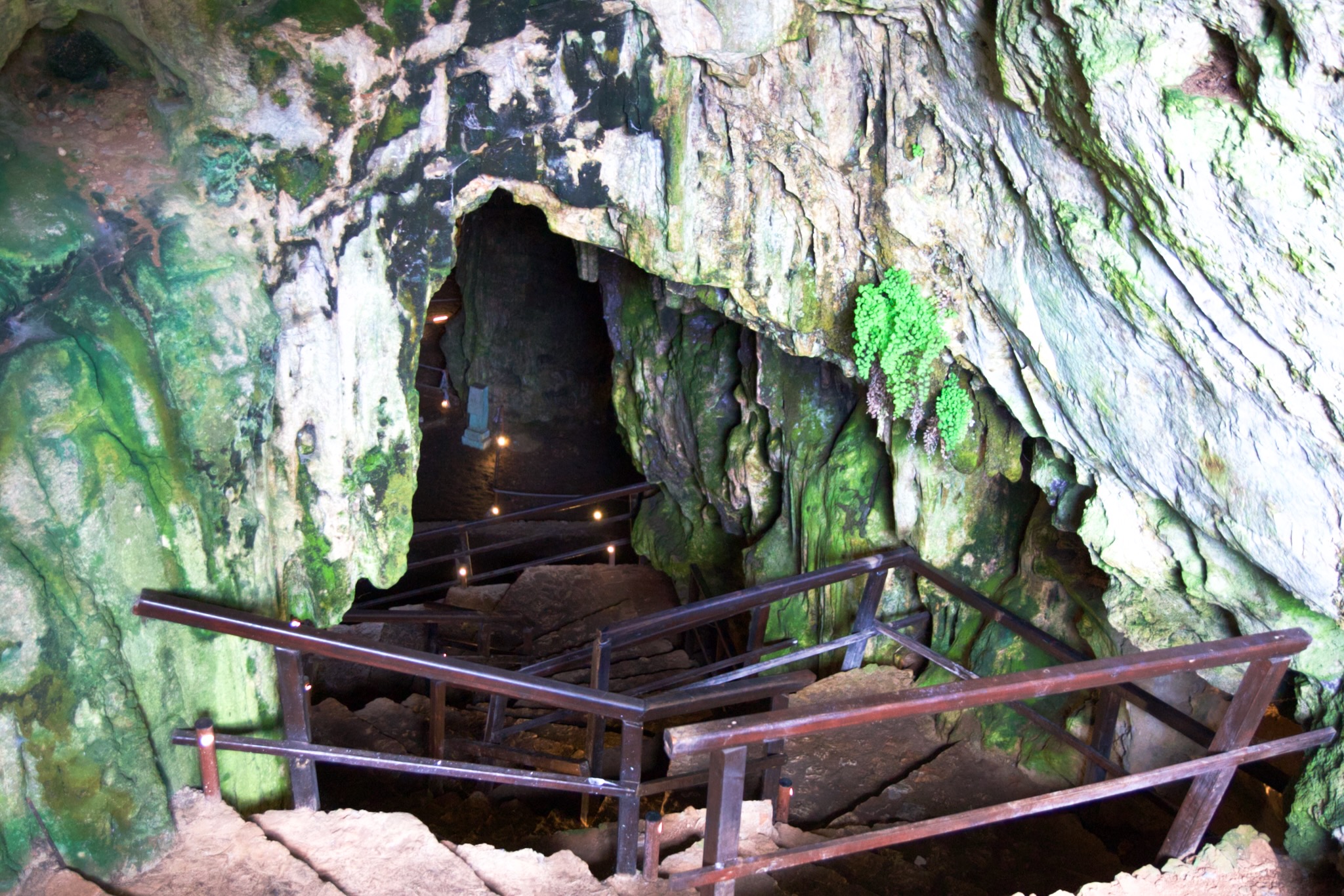
The cave extends over three levels and in two directions. The large main chamber (Heroes' Chamber) can be visited on a short tour. It takes about 30 minutes and is very impressive. The other two chambers (Raulin Chamber and Pashley Chamber) were not accessible during our visit.
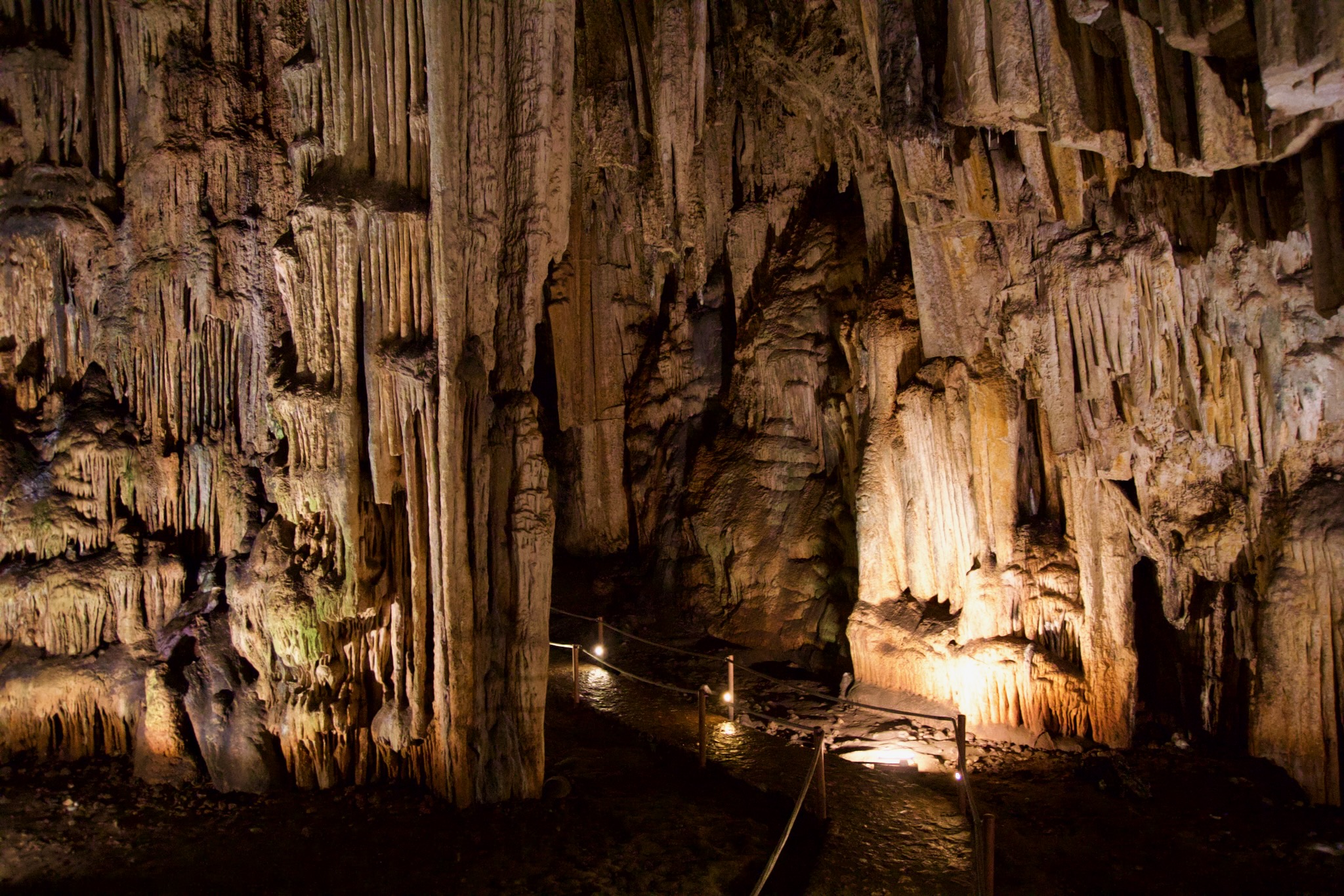
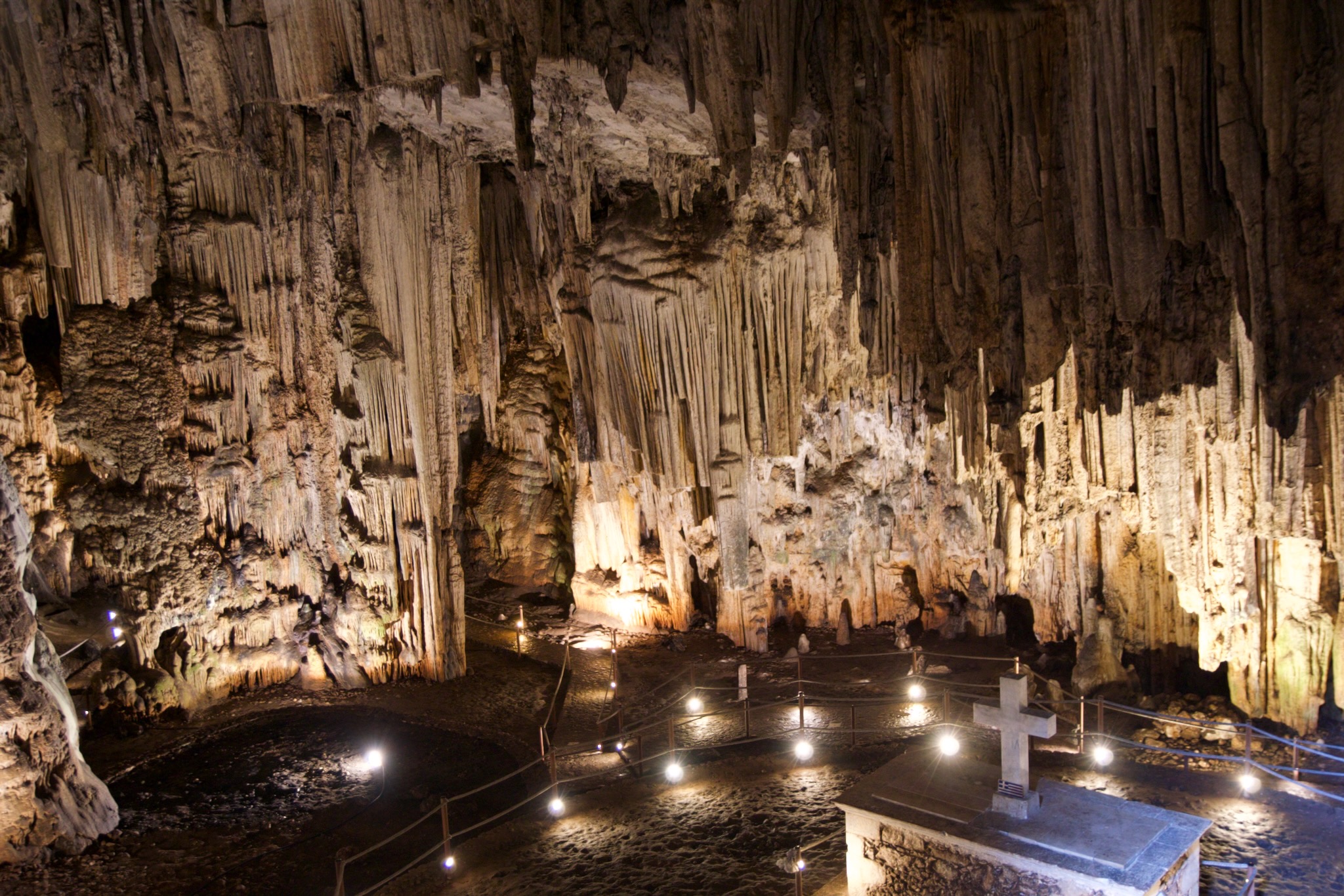
Here, too, there is a lot of sad and dramatic history from the time of the siege by the Turks. However, the first settlement of the cave is said to date back to 3500 BC. Admission is free and serves the preservation of this valuable cave and further exploration of the excavation sites.
Did you like the post? Then share it on the social networks! This way you support our work a lot. We are also happy about your opinion in the comments.
Crete: Travel tips for the north of the island
- Rethymno
- Chania
- Monastery Arkadi
- Knossos
- Gerontospilios cave
summary
If you are looking for peace, culture, history and nature, Crete is the right place for you. There are many large and small excursion destinations to discover. Whether big or small, there is something for everyone in Crete.

